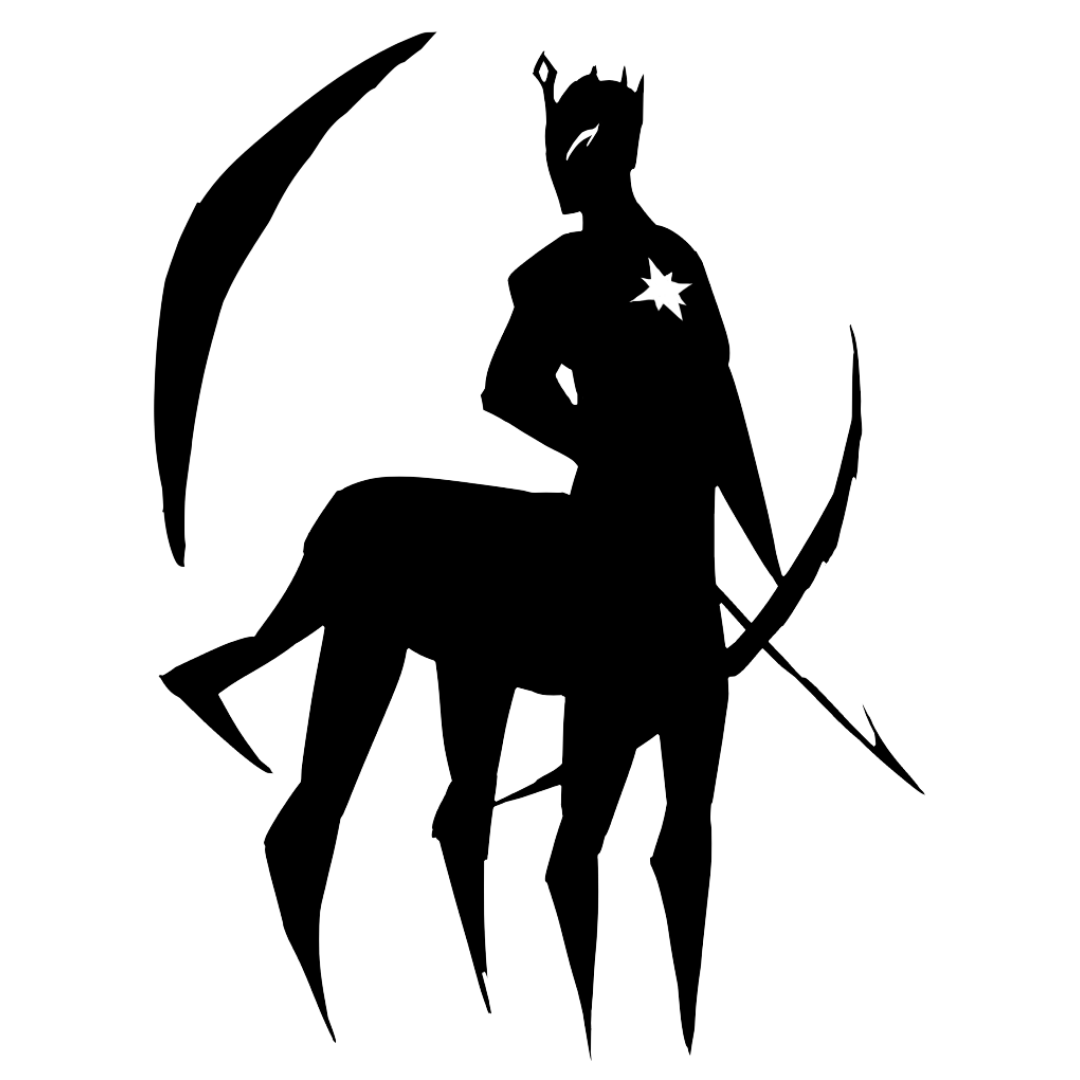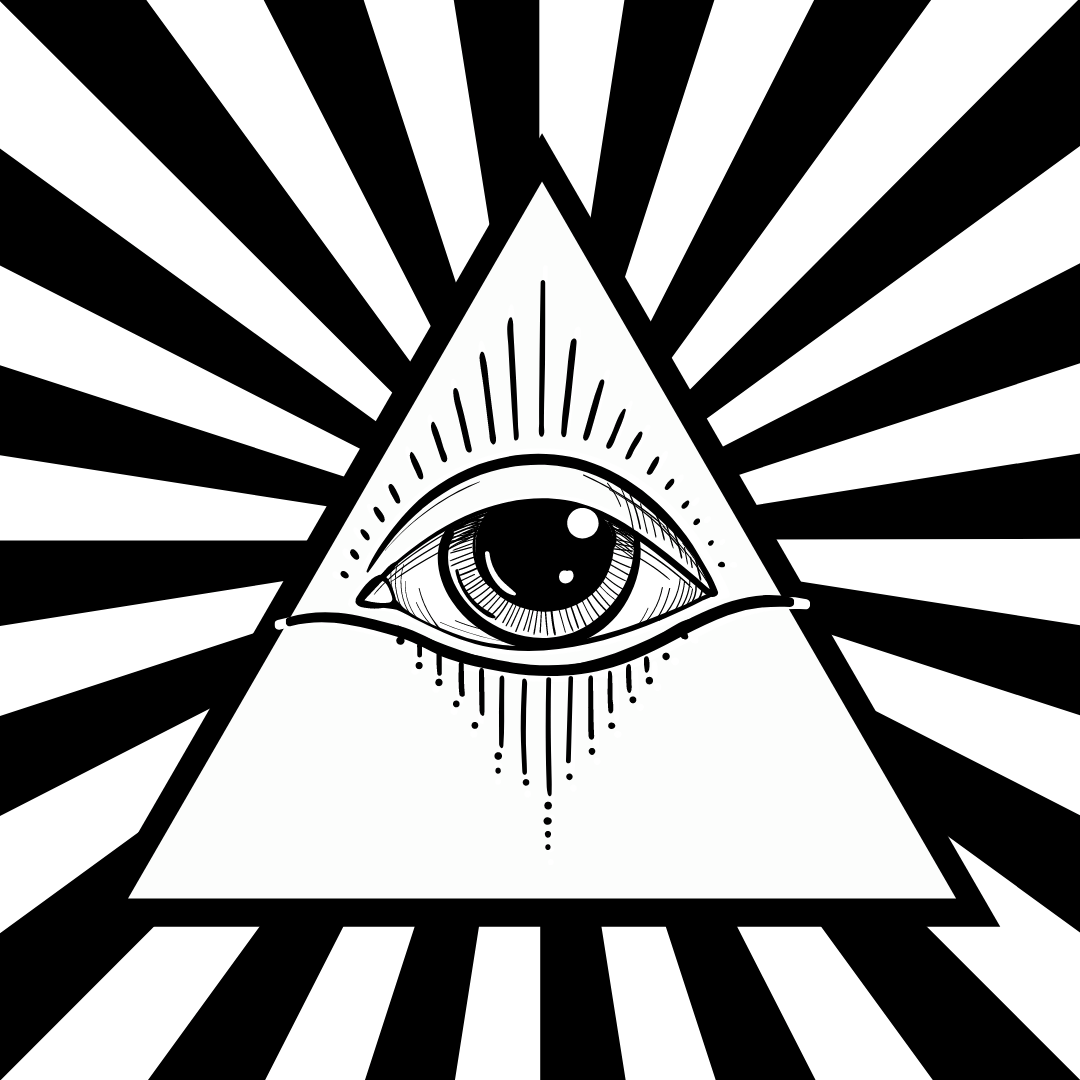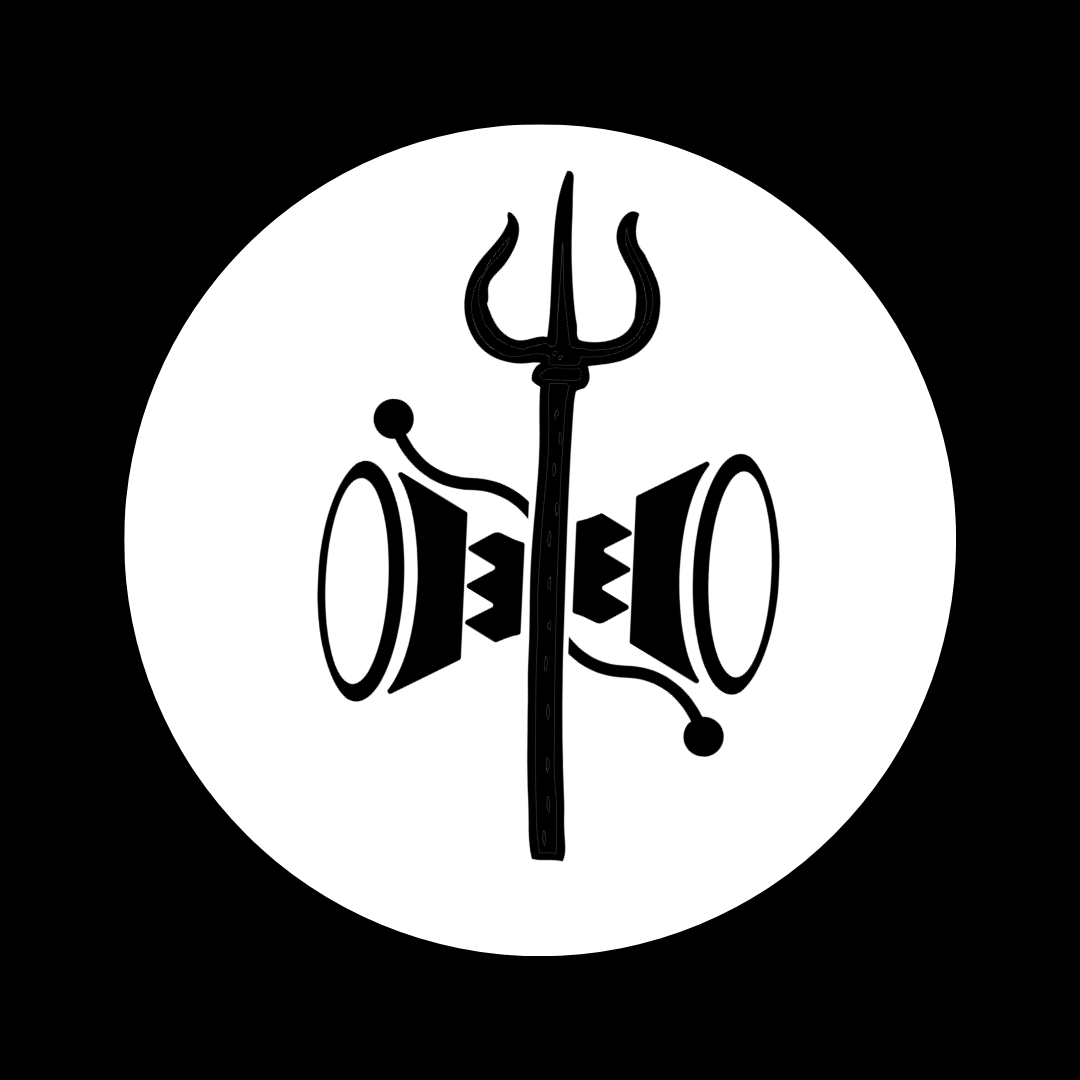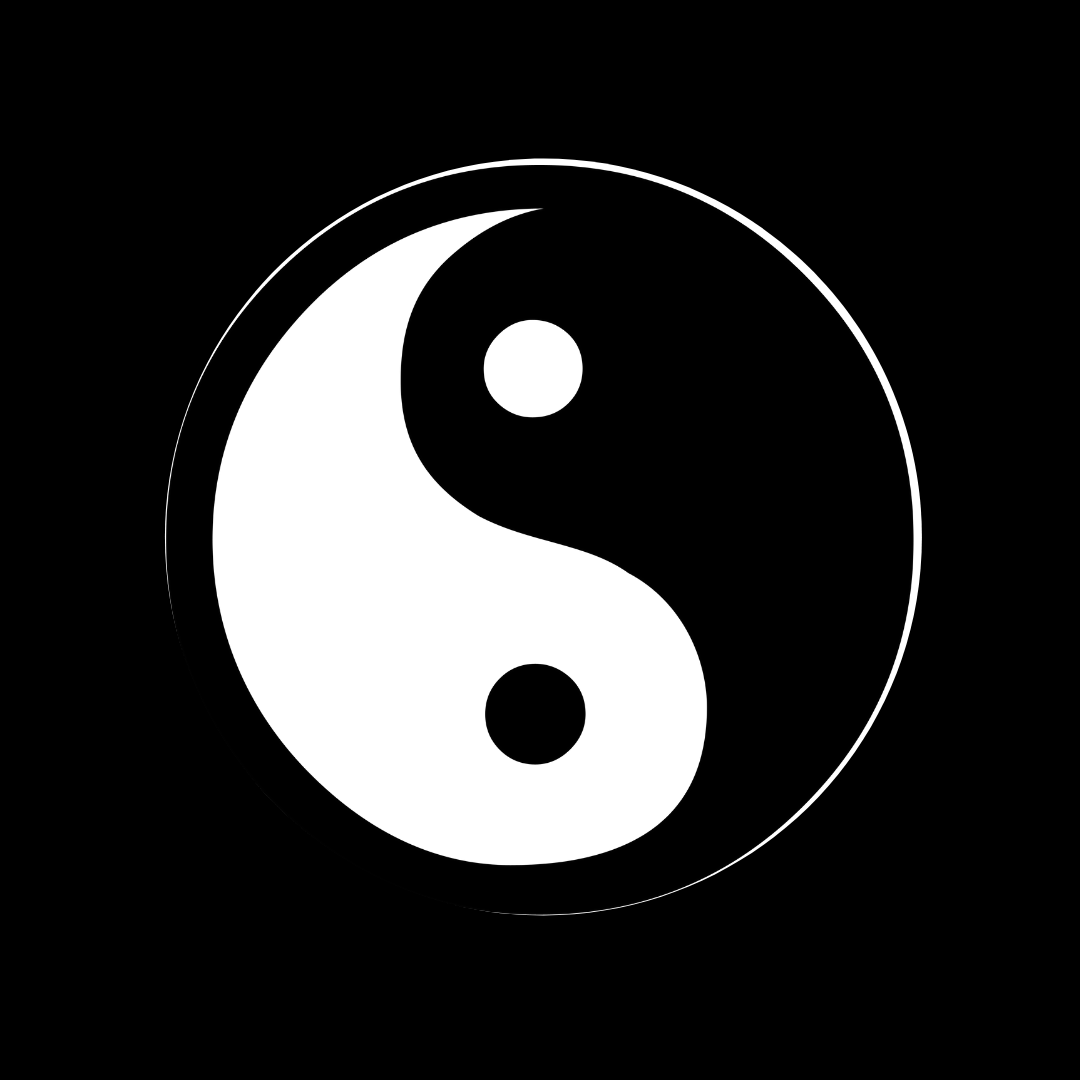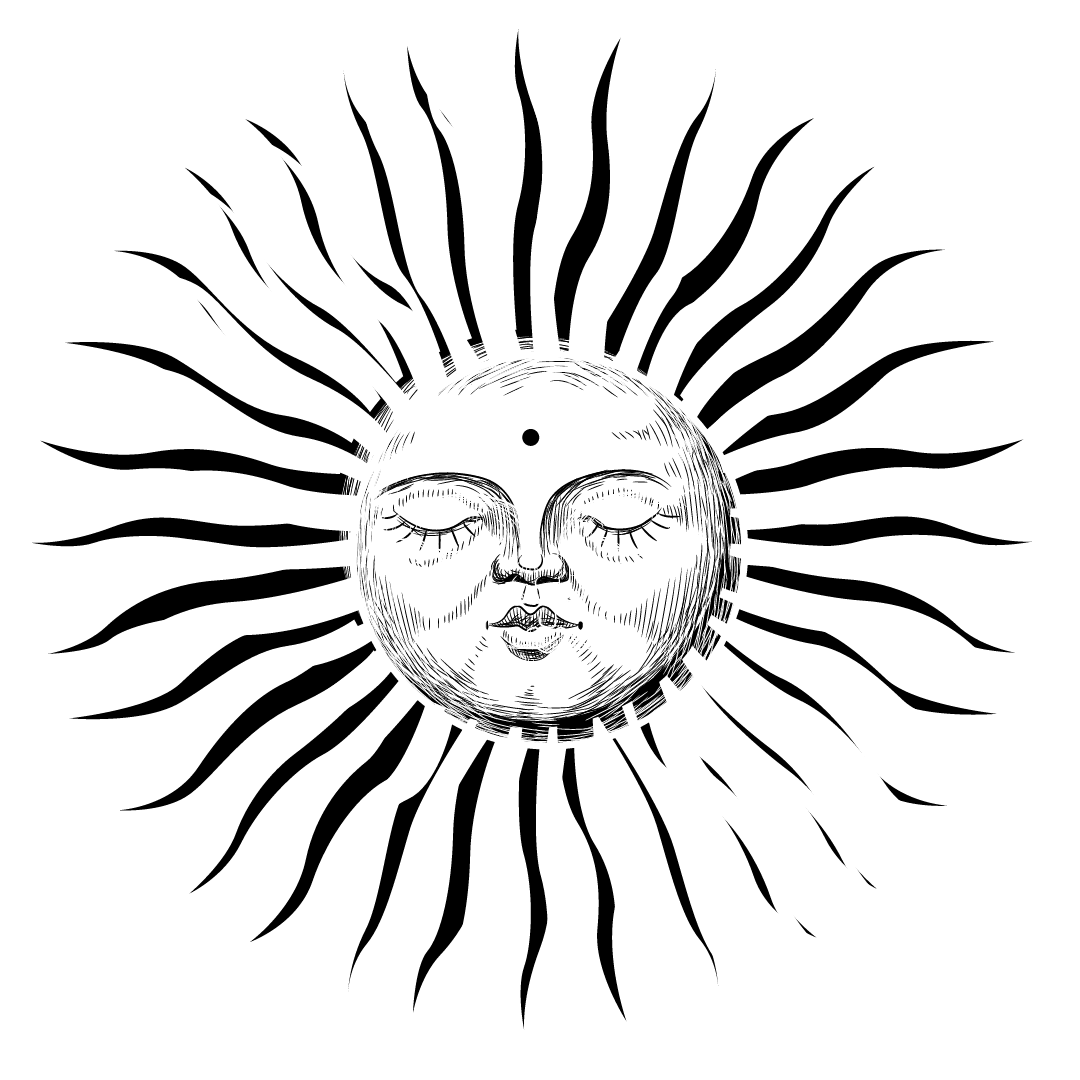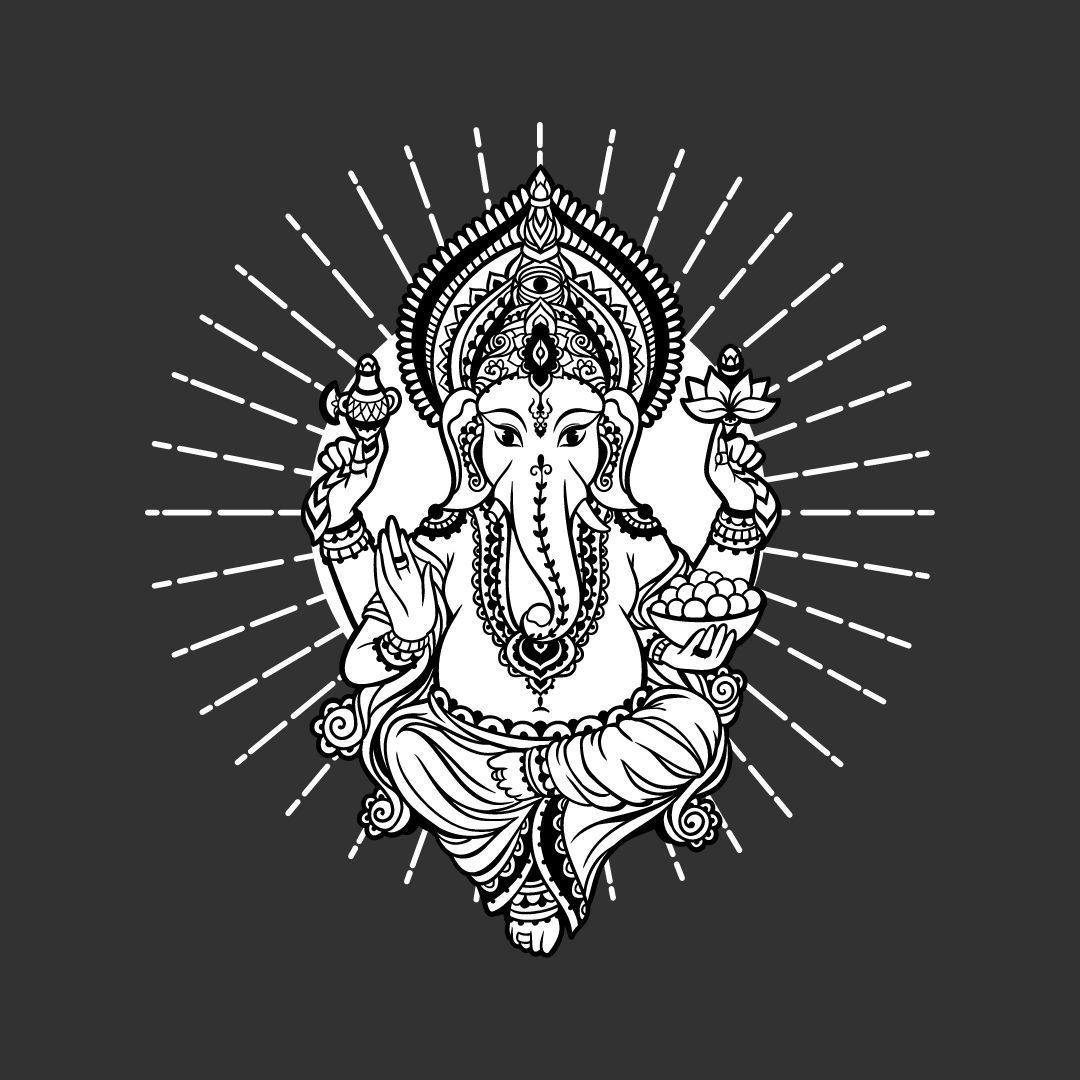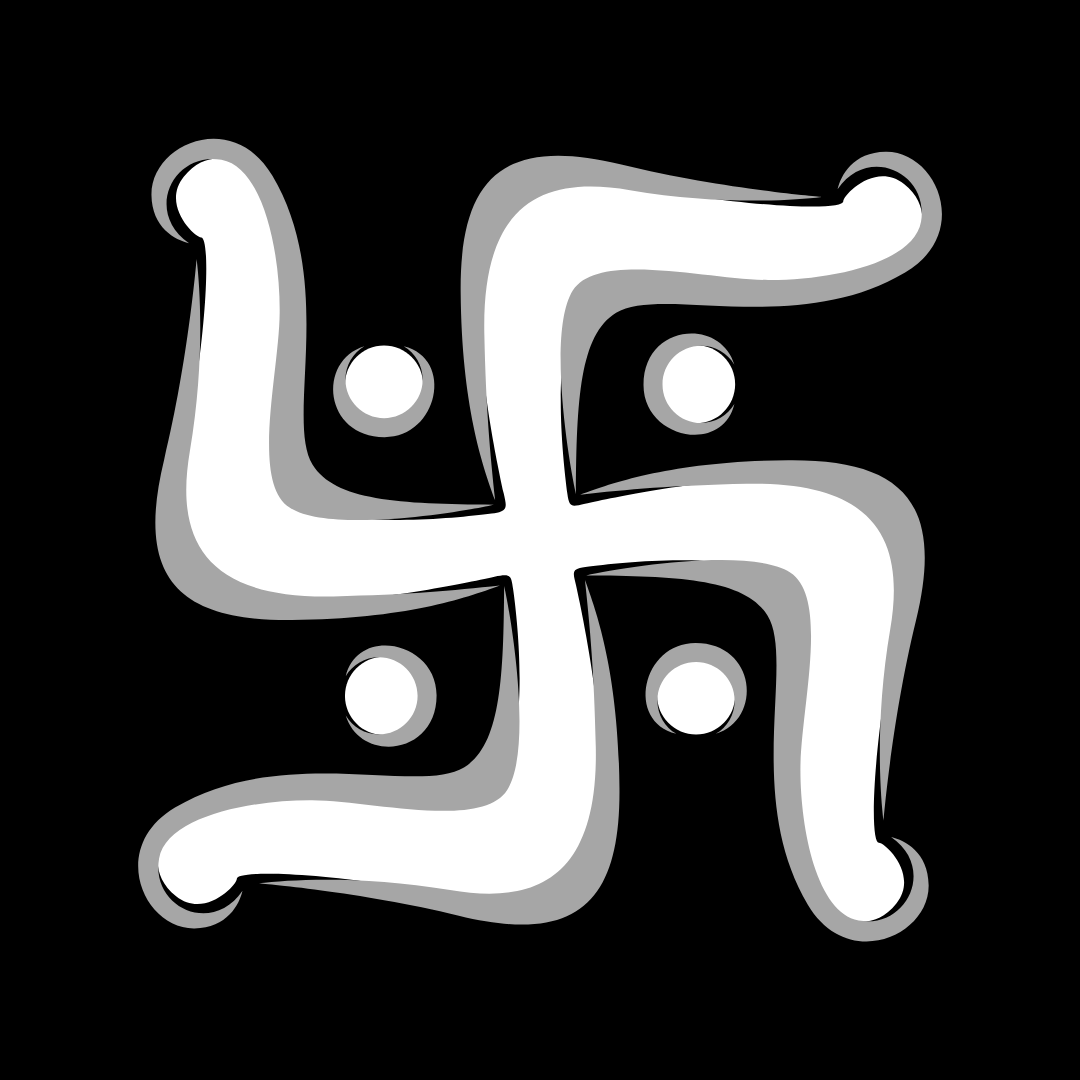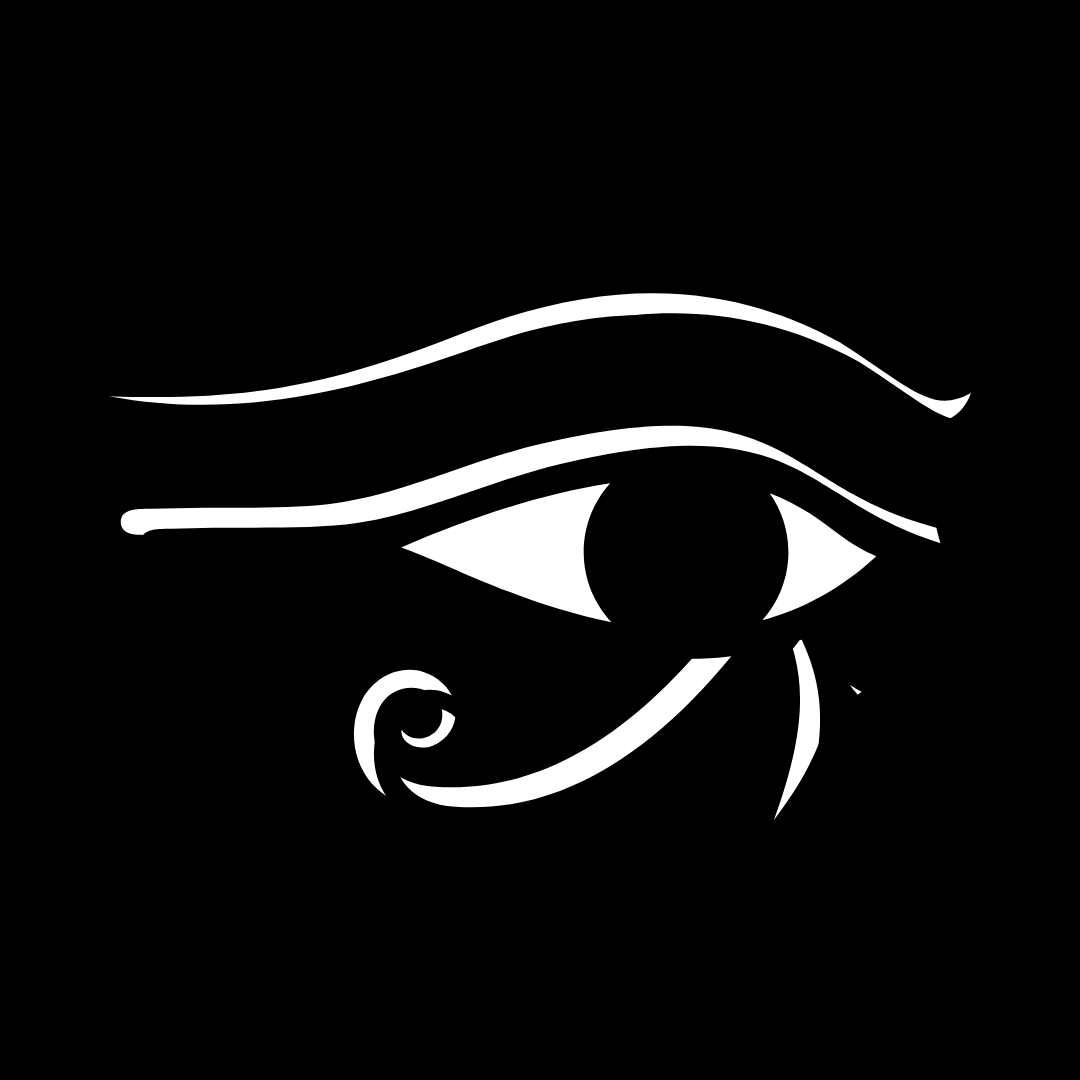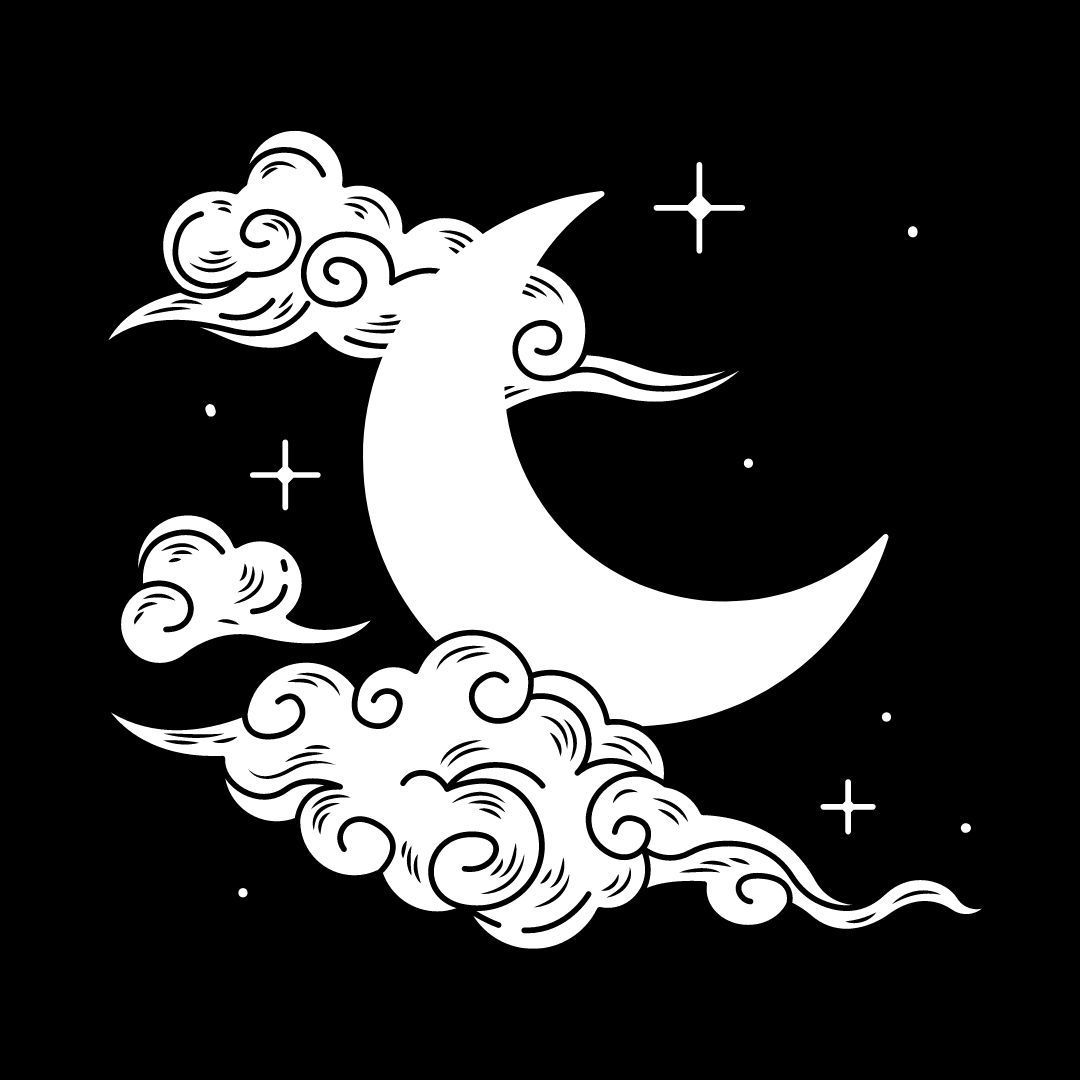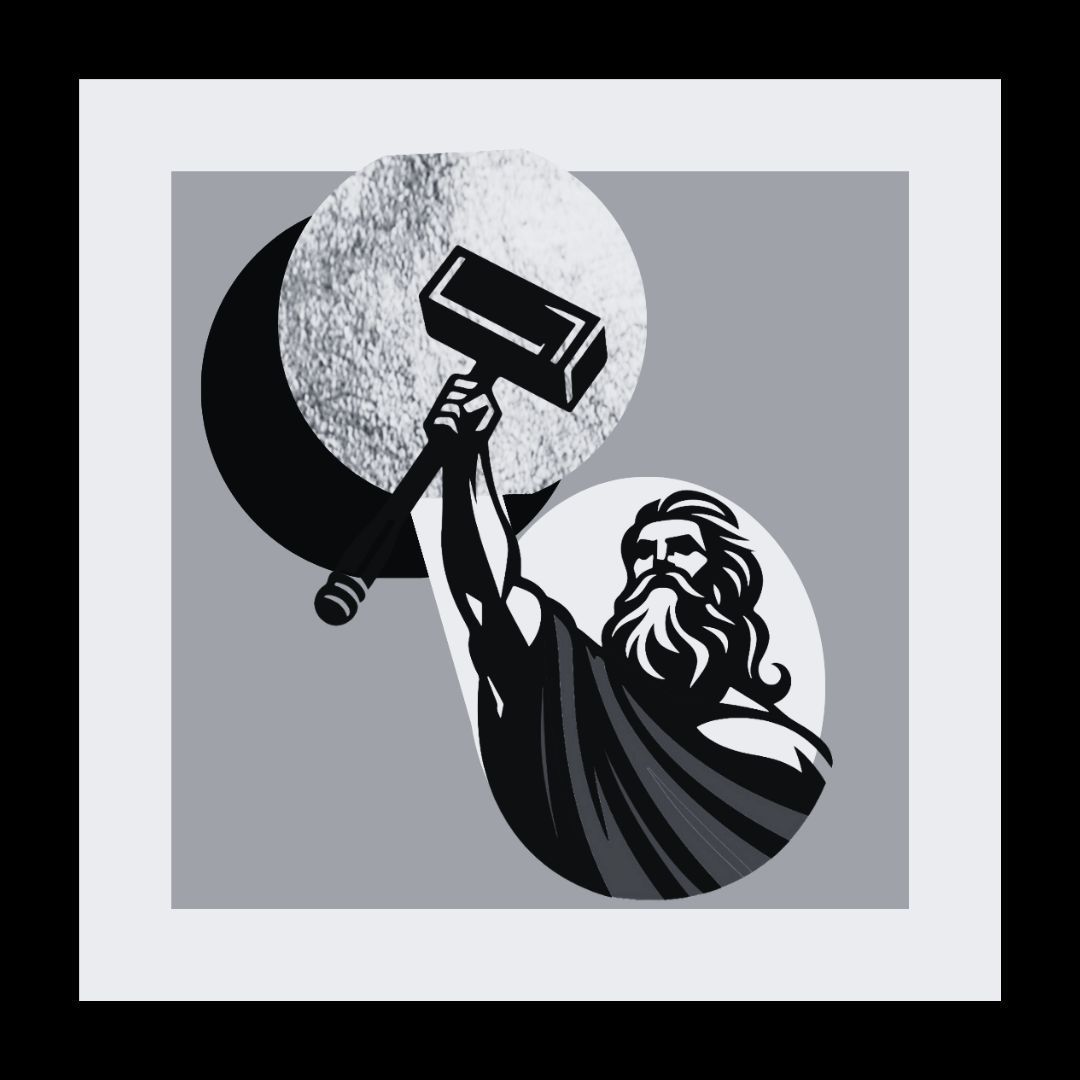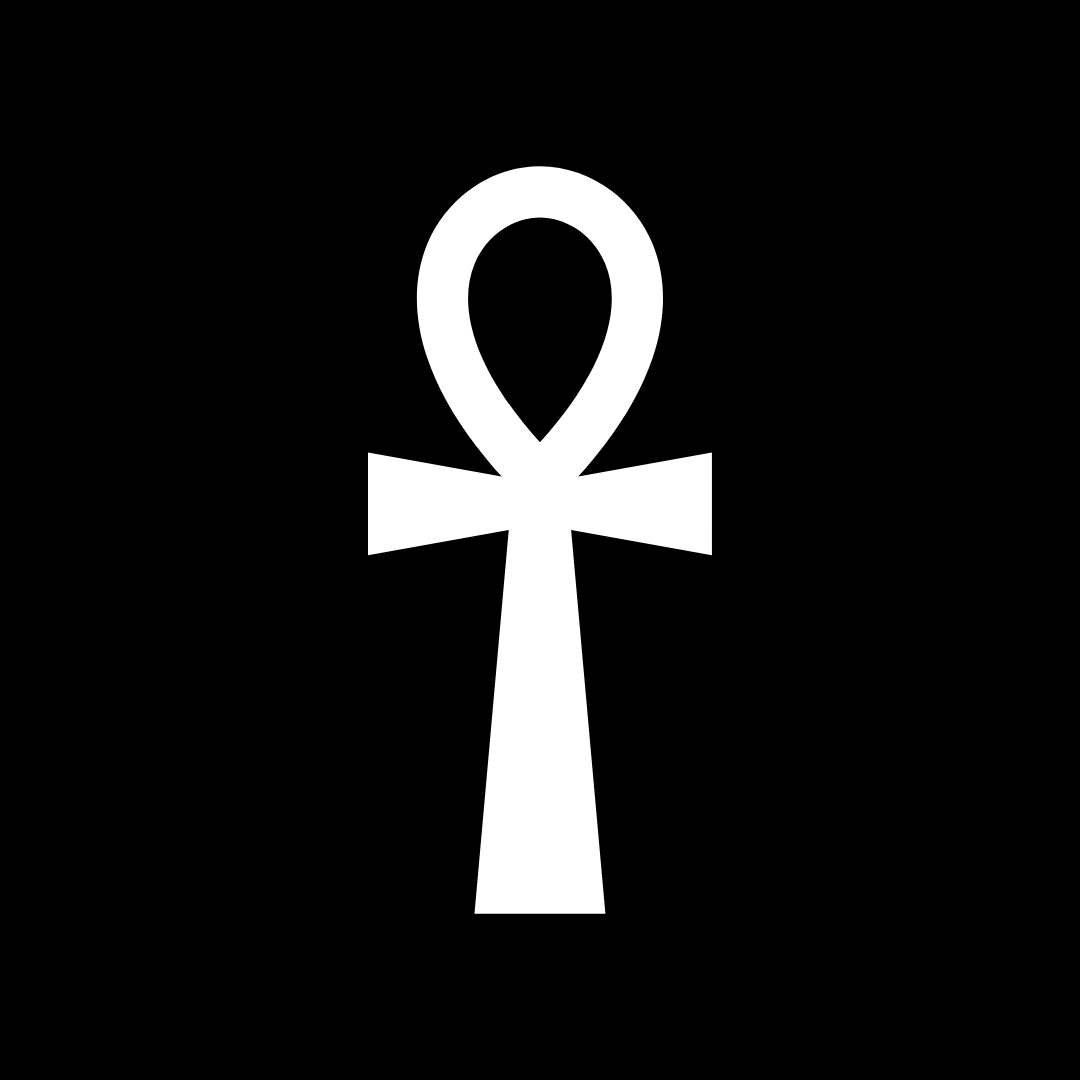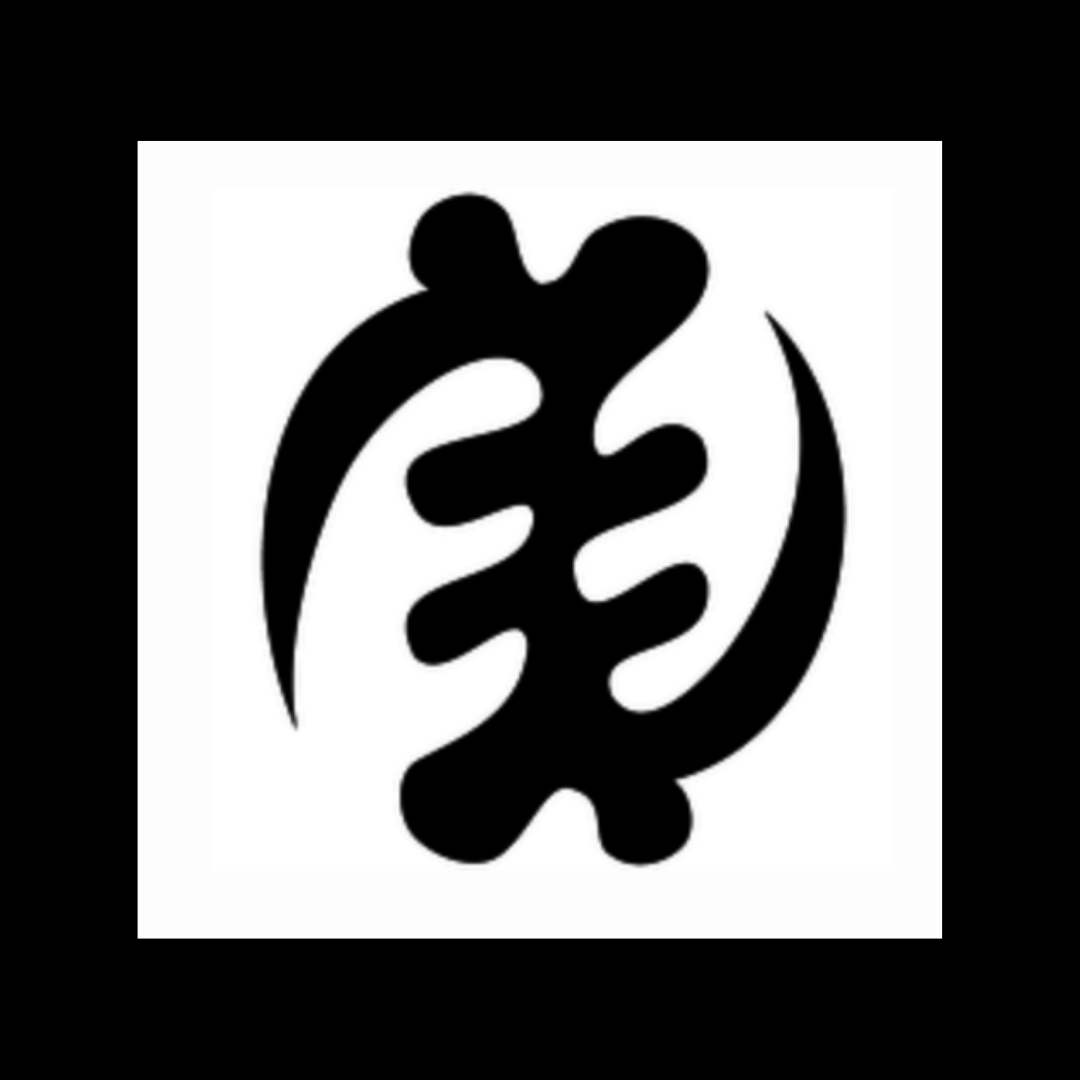
MYTHOLOGY VAULT
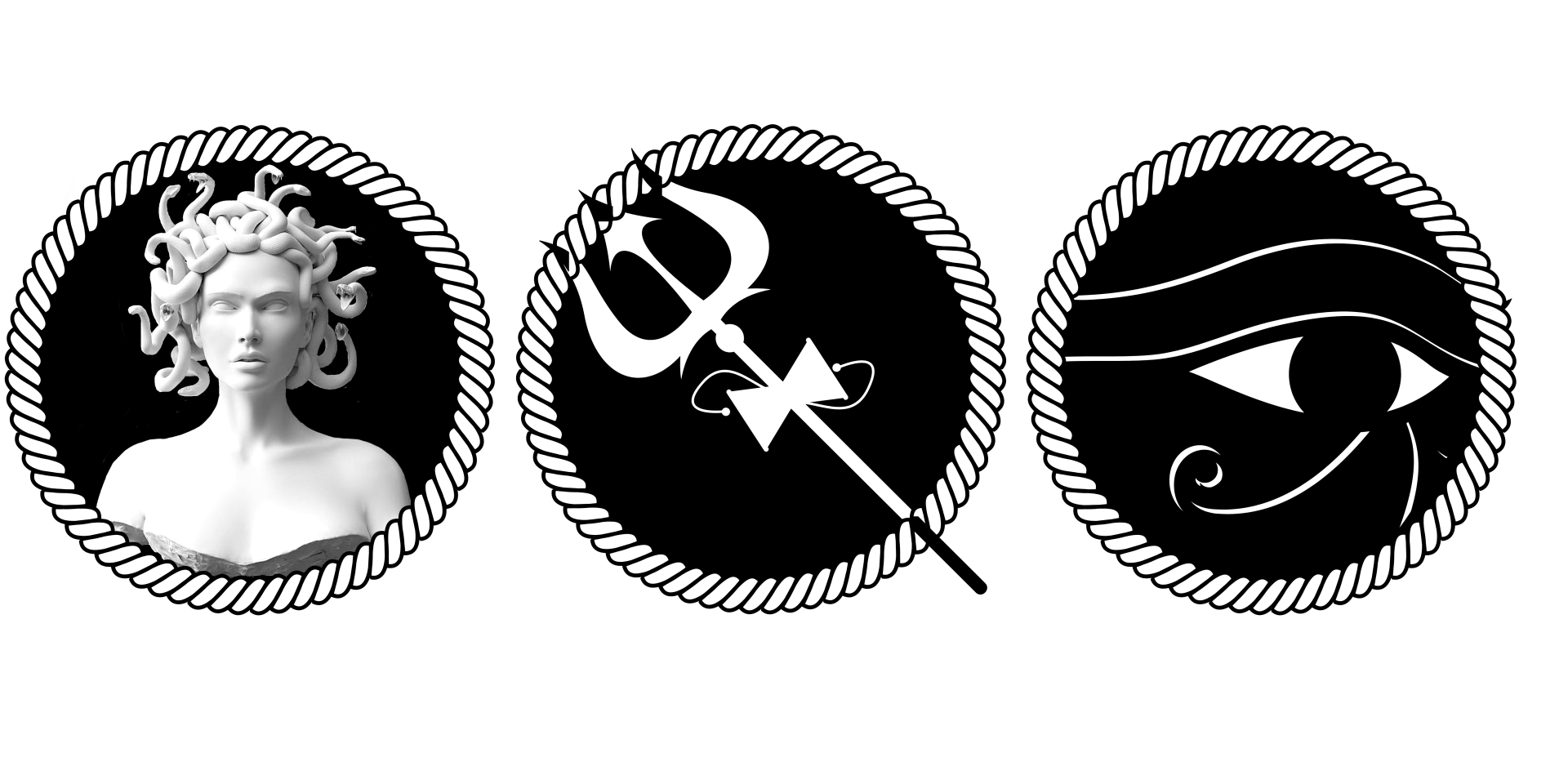
Mythology is the mother of all the Arts
Aim for the end of paradoxes in Creativity.
Overcome inertia and duality, coded in Nature, deciphered in Myth.
Tame, master, and enlighten them in Philosophy.
Mobilize passion, pregnant with symbols, and bow to the birth of Harmony.
This is Poetry: When Art rises, and the Self is known.
Call it Genius, Universality: Eternity.
Murielle Mobengo
What is The Mythology Vault?
A Tool for Creative Contemplation
The Mythological Vault is Revue {R}évolution in raw form, the pure source of it. The Vault has been designed to ignite symbolic sensitivity and creative contemplation for all seekers willing to infuse Harmony (Sattva) in their poetry / art. Its short, visually appealing articles will guide you into interpretation, what philosophers call hermeneutics, the noble art of interpreting and discussing the Sacred. Since the Vault is a universal encyclopedia of mythology, it functions with analogy, correspondances, and is therefore, always unfinished. As time goes by, it will grow to encompass all the visual and non-visual symbols of our inner lives, with the aim of transcending Duality into Non-Duality.
A Cosmic Classification of Mythology
As its name does not suggest, duality is in fact threefold. Passion is the great forgotten element of Manichaeism, this doctrine of right and wrong on which most religious systems are organized. By passion, we mean suffering or its active avoidance, the quest for pleasure. Harmony, passion, and inertia are the common denominators of human physical and metaphysical experience, regardless of geography, culture, ethnicity or epoch. These qualities or tendencies manifest within life itself are universal.
The Mythology Vault therefore uses these aspects of reality named "gunas" in Yogic philosophy, to organize and reunite myths, symbols, and therefore religions of the world. You can learn more about the Yogic philosophy known as "Samkhya" or "Advaita" here and here
The Mythological Vault will expand your knowledge of history, philosophy, art, and mysticism, drawing on the wisdoms of the five continents.
A Yoga of Symbols : Where World Wisdoms Converge Into Harmony
Here is a necessary reminder: Yoga means "union", and explicitly refers to what bounds human soul with the universal conscious force known as the Divine. Achieving this union means striving to overcome duality in oneself. While Yoga has been offering many a path to achieving this, reuniting what's visible and invisible in our creative practices as poets, artists, and thinkers is, I believe, a harmonious step in that direction.
How do you overcome duality? Either by seeking the most direct route in our shared spiritual tradition or by plunging into its depths, investigating its manifestations, symbols, while letting Harmony release their meaning for us.
Harmony is well known to poets. It's what makes or breaks them, it's what they chase by manipulating symbols and languages, it's what they sometimes grasp or miss. Are we wrong to equate harmony with beauty? No. One is the inexhaustible source of the other. Both provide pleasures of a very different nature. Beauty is immediately perceptible by the senses, but wears out. It can be impermanent, erroneous, when perceived through the lenses of the 5 senses only for gratification. Harmony contains Beauty. It takes hold of the entire being: body, intellect, and psyche.
In his quest for beauty, it is Harmony that the Poet-Artist must seek. Every creative act is a harmonious inner movement. Yes, our creative work is a reflection of our Inner Self. Creativity is the visible witness of our invisible journey towards Harmony. Because it can secrete Harmony, the poet-artist's individual inner life becomes universal Culture, an offering, a sharing of knowledge with humanity.
In The Mythology Vault, cultural, geographical, metaphysical, and physical paradoxes converge. It is a tool to master Creativity. Aim for the end of paradoxes in Creativity. Overcome inertia and duality, coded in Nature, deciphered in Myth. Tame, master, and enlighten them in Philosophy. Mobilize passion, pregnant with symbols, and bow to the birth of Harmony.
This is Poetry: When Art rises, and the Self is known.
Call it Genius, Universality: Eternity.
–Murielle Mobengo
NOTE: We’ve put great effort into making the Mythology Vault articles, and all our content on Revue {R}, engaging for our readers. However, human thought is not without its flaws, so we kindly ask for your understanding if any spelling or punctuation errors have slipped through. If you have questions about the philosophy behind our articles on symbolism or think some sections need further explanation, please don’t hesitate to reach out to the author: info@revuerevolution.com


